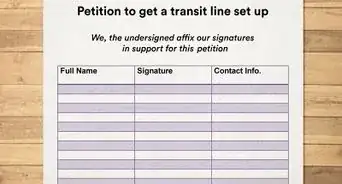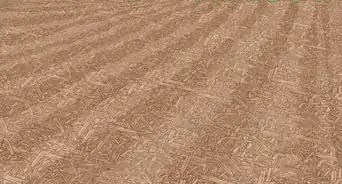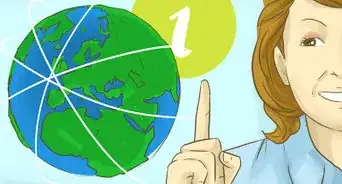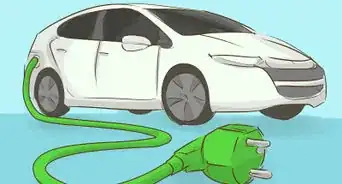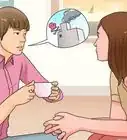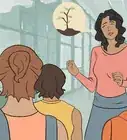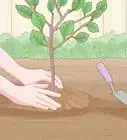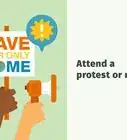This article was co-authored by Kathryn Kellogg. Kathryn Kellogg is the founder of goingzerowaste.com, a lifestyle website dedicated to breaking eco-friendly living down into a simple step-by-step process with lots of positivity and love. She's the author of 101 Ways to Go Zero Waste and spokesperson for plastic-free living for National Geographic.
There are 14 references cited in this article, which can be found at the bottom of the page.
This article has been viewed 72,760 times.
World Environment Day (WED) is celebrated each year on June 5. Like Earth Day, it's a day to learn about the environment, participate in conservation activities, and learn about ways to help in the future. To celebrate at school, you can commune with nature, create new environmental programs, use nature-centered lesson plans, and work on earth-centered activities.
Steps
Getting Outside
-
1Go on a nature hunt. Divide a sheet of paper into sections, and label each section with something a student could observe outside, such as trees, flowers, birds, insects, and mammals. The students can then explore outside for a set period, writing down what they observe in each category. At the end, discuss what you observed, and talk about ways nature can be conserved.
-
2Clean up a local area. Cleaning up a local park or even the school's grounds can help students appreciate how important it is to conserve. Talk about why littering is harmful and how recycling can help.[1]Advertisement
-
3Grow an appreciation for nature by going on a hike. Have students go outside and observe nature. You can even take a guided hike in a local park. Let the students get creative by encouraging them to write a poem, story, or song about what inspired them. They can even just draw a picture.[2]
-
4Have class outside. A simple way to increase students' love of nature is to hold classes outside. Pick a nice, shady area, such as under a tree or pavilion, and conduct class as you normally would. The kids will love the change in environment.[3]
Starting New Environmental Initiatives
-
1Set up a reuse program with the arts and crafts classes. Most art teachers love projects that reuse household items. Talk to your art teacher, and figure out what they need. Then on WED, work with the school to set up an area where items can be collected. Students, teachers, and staff can bring in items to be reused.[4]
-
2Plant trees or a garden. Creating a little more green space in the world is a great way to celebrate WED. Ask a local nursery to donate trees, and then plant them around the school as part of your WED celebration.[5]
- Alternatively, stake out an area to start a community garden. You can grow food that students and teachers can take home or that can be used in the cafeteria.[6]
-
3Begin a recycling program. If you're school doesn't already have a recycling program, WED is a great day to set one up. Designate an area for recycling, and offer a program on how to recycle and why recycling is important.[7]
-
4Connect students to local initiatives. Your community likely already has a number of ways that they are working to help the environment. Research ones that your students can help with. Talk to them about these programs. You can even help them get connected by taking a field trip to one.[8]
Creating Nature-Centered Lesson Plans
-
1Invite people to talk about nature and conservation. You likely have a number of experts in your area who can talk about environmental issues. Invite them to come talk to your class or even an after-school environmental club.[9]
- For instance, you could invite someone who works for the local parks and recreation department or a person who works at the recycling center. Another good choice would be someone who works for a nature center or preserve or even the zoo.
-
2Talk about ways to conserve energy. You can discuss things like turning off the lights when you leave a room, turning up the AC a few degrees warmer, doing laundry in cold water, and unplugging devices when they're not being used. You could also talk about making energy-efficient choices in the home, such as switching out incandescent bulbs for fluorescent bulbs or LEDs.[10]
-
3Go on a field trip to a science or natural history museum. Connecting kids with science centers helps them learn about ways they can conserve. Plus, most science museums will have special events for WED day.[11]
-
4Watch a few professional videos. Videos are a great way to engage students in learning, and you can find a large number of professional videos for kids on conservation. For instance, PBS has a nature section at http://www.pbs.org/wnet/nature/classroom/.
Planning Earth Friendly Activities
-
1Create seed balls to spread around. These are little balls filled with seeds. You leave them in bare areas, and the seeds will sprout, leaving plants growing in the area. Use plants native to your area so you don't encourage new species that will try to take over.[12]
- Mix 1⁄2 ounce (14 g) of native wildflower seeds with 3.5 ounces (99 g) of potting soil. Add in 1.5 ounces (43 g) of dry clay, such as red powdered pottery clay. Mix the ingredients together.
- Slowly add in water until you have a thick paste. Roll the paste into balls, and let it dry on a cookie sheet covered in wax paper.
- Leave the balls in areas where the ground is bare. The balls will break down and sprout plants when it rains.
-
2Turn old t-shirts into bags. Have everyone bring in t-shirts or buy enough thrift store t-shirts for everyone. Cut the sleeves off the shirt, and then cut around the inside of the neck. The bits you have left at the top are the handles.[13]
- Turn the shirt inside-out. Mark a line across the bottom that's about 4 inches (10 cm) up from the bottom. Cut strips that are 1 inch (2.5 cm) wide by cutting up until you reach the line.
- Tie each set of 2 strips together, one each from the front and the back. Then go back and tie each set together by taking one strand from one set and one from the next set and knotting them together. Turn the bag inside-out again.
-
3Create bird feeders. Start with an empty toilet paper roll or paper towel roll. Poke a hole in both sides of the tube at the top, and run a string through them. Tie the string above the roll. Using a butter knife, coat the roll in peanut butter. Coat the tube in bird seed by rolling it in a plate filled with seed. Hang your bird feeder outside using the string.[14]
-
4Make jump ropes from plastic bags. Start by making strips from plastic bags. Lay a bag out flat and cut the top off, including the handles. Cut the bag horizontally into strips. Tie the strips together. You'll need 12 long strips, and they should be a bit longer than you want your jump rope to be. Tape 6 strips together on one end.
- Tape the 6 strips to the back of a chair, and braid them together. Tape the other end. Do the same with the other 6 strips. Tape the other end. Pull them off the chair.
- Tape the 2 sets together on one end, and then tape it back to the chair. Twist the 2 braids tightly together, and then tape them together at the other end. The tape forms the handles for the jump rope. Pull the taped end off the chair.
Community Q&A
-
QuestionWhat can we use as a substitute for plastic bags?
 GingerCommunity AnswerInstead of plastic bags, you can use cloth bags that are reusable. You can also use cardboard boxes to carry objects to and fro.
GingerCommunity AnswerInstead of plastic bags, you can use cloth bags that are reusable. You can also use cardboard boxes to carry objects to and fro. -
QuestionWhat we can use besides plastic bags?
 Community AnswerReusable totes are best, but recyclable paper bags are better for the environment than plastic bags.
Community AnswerReusable totes are best, but recyclable paper bags are better for the environment than plastic bags. -
QuestionHow can I persuade my teacher to do something special for environment day?
 Benjamin M.Top AnswererGet a list of all the students who would be interested in doing something for environment day. Approach your teacher a long time before Environment Day so they have time to plan and get permission. Discuss how Environment Day could fit into what you are learning and build connections to what you have already discussed in class.
Benjamin M.Top AnswererGet a list of all the students who would be interested in doing something for environment day. Approach your teacher a long time before Environment Day so they have time to plan and get permission. Discuss how Environment Day could fit into what you are learning and build connections to what you have already discussed in class.
References
- ↑ http://wedocs.unep.org/bitstream/handle/20.500.11822/20297/WED4_schools_final.pdf
- ↑ http://wedocs.unep.org/bitstream/handle/20.500.11822/20297/WED4_schools_final.pdf
- ↑ https://www.wikihow.com/Clean-After-Construction
- ↑ https://sciencing.com/remove-ethanol-gasoline-7830109.html
- ↑ https://www.legendsoflearning.com/blog/35-earth-day-ideas-resources-middle-school-science-classroom/
- ↑ Kathryn Kellogg. Sustainability Specialist. Expert Interview. 28 June 2019.
- ↑ https://www.legendsoflearning.com/blog/35-earth-day-ideas-resources-middle-school-science-classroom/
- ↑ http://wedocs.unep.org/bitstream/handle/20.500.11822/20297/WED4_schools_final.pdf
- ↑ http://wedocs.unep.org/bitstream/handle/20.500.11822/20297/WED4_schools_final.pdf
- ↑ https://ecophiles.com/2017/06/02/5-ways-celebrate-world-environment-day/
- ↑ https://www.legendsoflearning.com/blog/35-earth-day-ideas-resources-middle-school-science-classroom/
- ↑ https://climatekids.nasa.gov/seed-ball/
- ↑ https://www.mommypotamus.com/no-sew-t-shirt-tote-bag-tutorial/
- ↑ https://climatekids.nasa.gov/extreme-weather-birds/
About This Article
The best way to celebrate World Environment Day at school is by making fun, nature-centered lesson plans. Teach students easy ways to conserve energy, like turning up air conditioning or unplugging unused devices. Plan hands-on crafts like making seed balls, turning old T-shirts into bags, or creating bird feeders. If you can get outdoors, hold class outside or let students explore a nearby park, looking for trees, flowers, and birds. For more ways to make the most of World Environment Day, like starting recycling initiatives or planning guest speakers, read on!
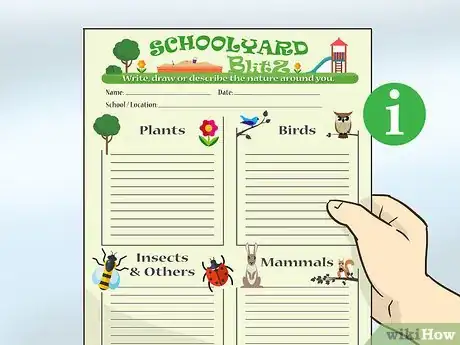
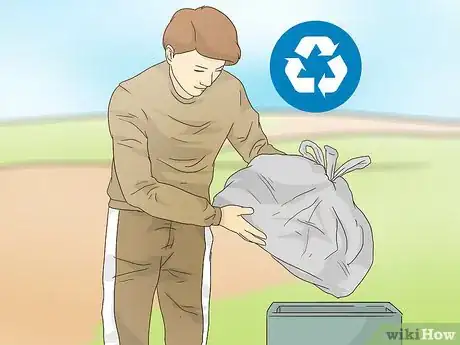
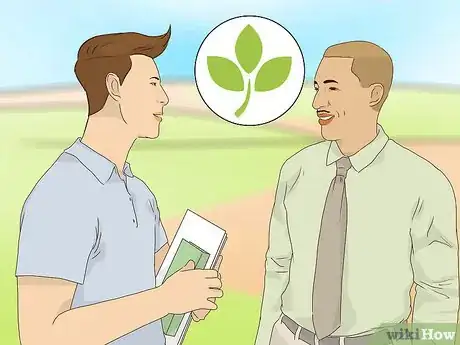
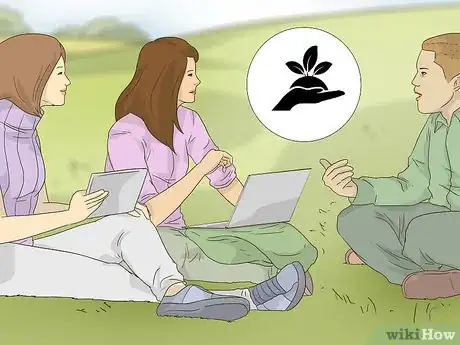
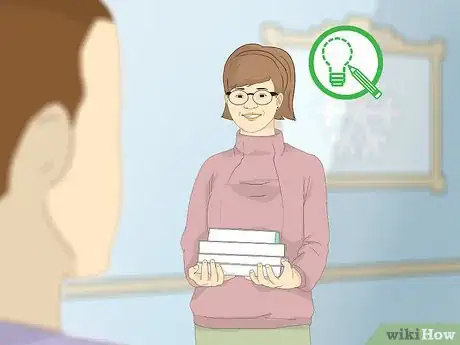
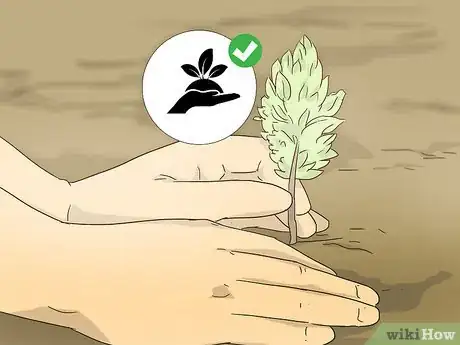

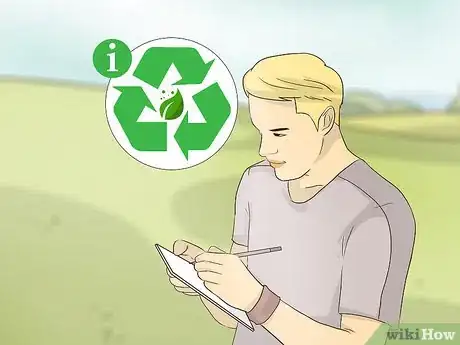
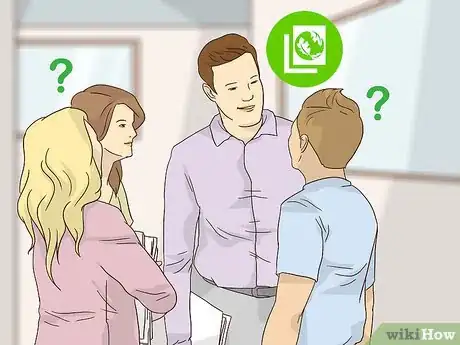
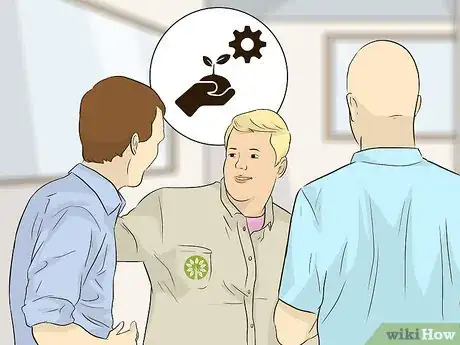


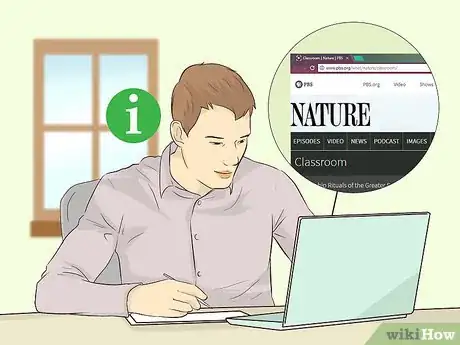

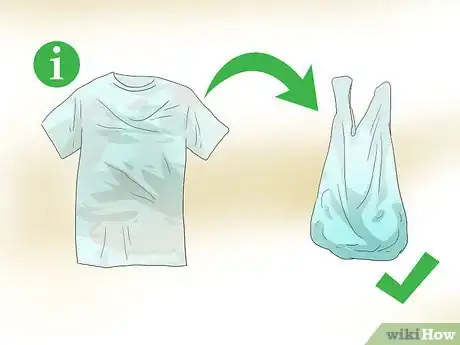
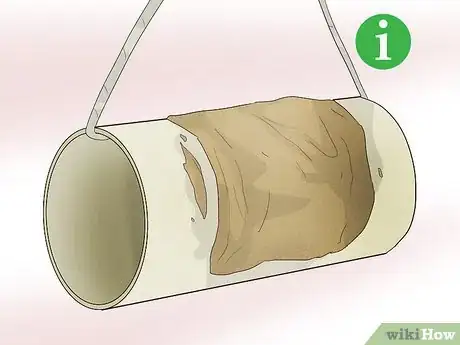
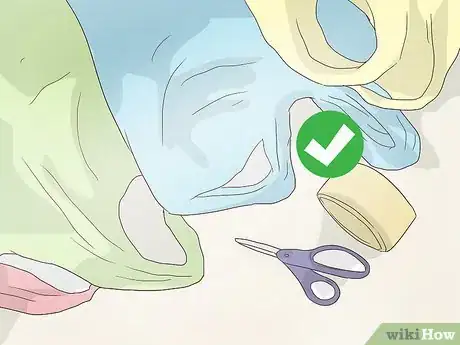

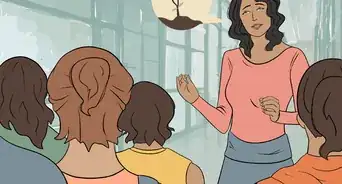
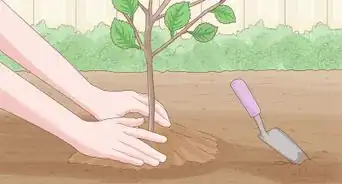
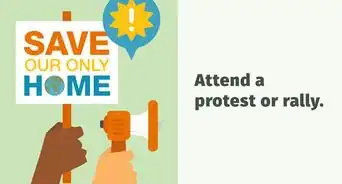
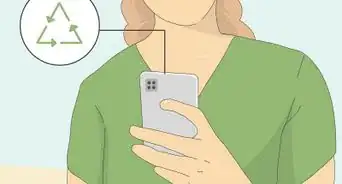
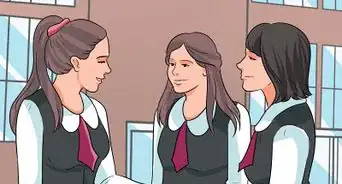
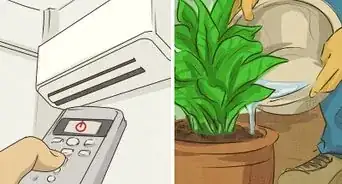
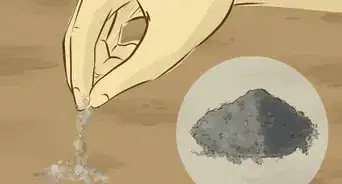
-Step-14-Version-6.webp)
